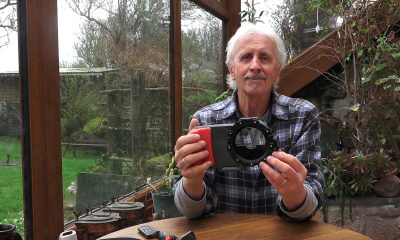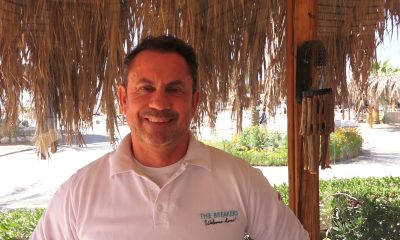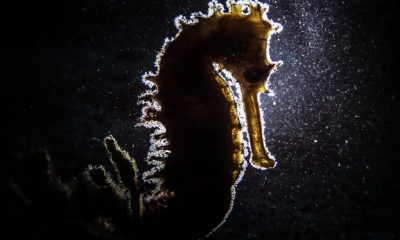News
Scubaverse Underwater Photographer Interview: Mario Vitalini
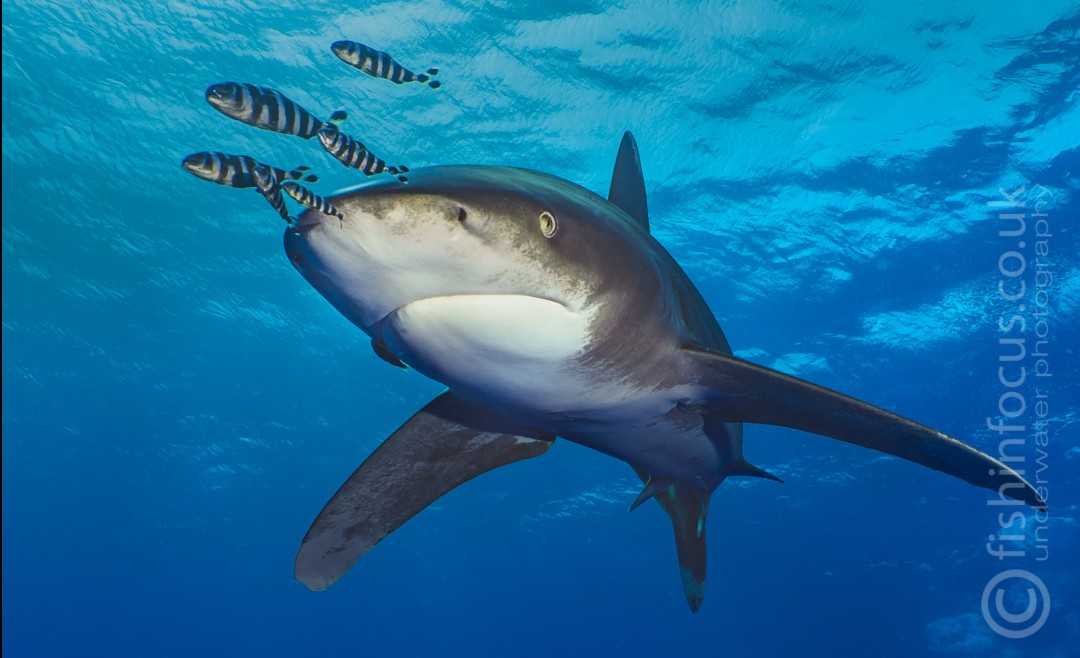
In an ongoing series, Scubaverse.com’s Underwater Photography Editors Nick and Caroline Robertson-Brown talk to underwater photographers from around the world that they admire.
This week’s interview is with UK-based tour operator Scuba Travel’s new resident underwater photo pro, Mario Vitalini.
[hr style=”single”]
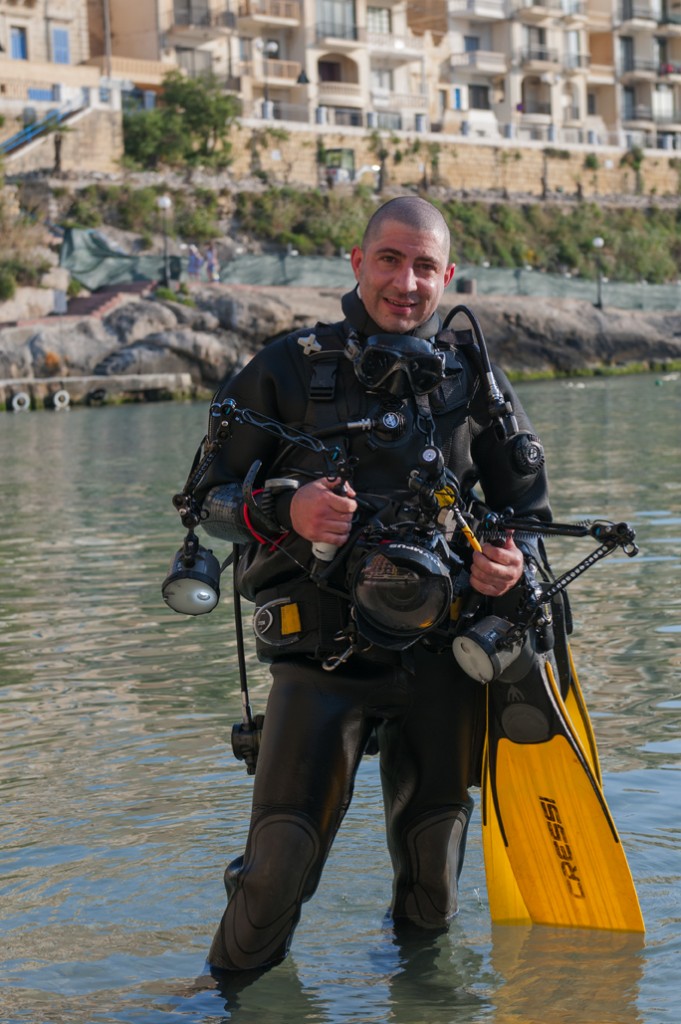 My name is Mario Vitalini, and photography is in my blood. I was born in Colombia some forty odd (cough) years ago. My father was a professional photographer and I grew up in his studio playing between tripods lights and large format cameras. I trained as graphic designer and worked as an art director for a few years, but the lure of the sea was too strong and I soon became a dive instructor and never looked back.
My name is Mario Vitalini, and photography is in my blood. I was born in Colombia some forty odd (cough) years ago. My father was a professional photographer and I grew up in his studio playing between tripods lights and large format cameras. I trained as graphic designer and worked as an art director for a few years, but the lure of the sea was too strong and I soon became a dive instructor and never looked back.
It was only a matter of time before I got hold of a Nikkonos camera and started taking photos underwater. As a dive instructor, I soon found myself working in Egypt where for some time I combined my job as a liveaboard guide with a video rig filming customers on the trips.
The passion for underwater photography was never far away and when together with my now wife we moved to the UK, and I found a job with one of the major underwater photography equipment retailers. This allowed me to get my hands on a huge range of equipment, which I tried on many trips, and helped pinpoint their strengths and weakness.
I left my job in retail some four years ago and started my own company teaching underwater photography on 1:1 basis to many enthusiastic divers. I decided to focus on 1:1 teaching as you get to see a real improvement in the students. There are no compromises as the course is totally focused on that individual. It’s really rewarding to see the speed at which people improve in a single day. Now I’m looking to take that ethos to a broader group. Think personalised content in a relaxed environment of fellow divers who are all looking to bring their own standard up.
[hr style=”single”]
N&C: How did your underwater photography start?
MV: Seeing my lifelong passion for photography combine with my then newfound passion of diving (somewhere in the 80s). My father gave me a second hand Nikkonos camera when I was a relatively new diver. I first used it on a trip to Cocos. Stan Waterman happened to be on that trip – wow, what an inspiration to follow your dreams. Without any formal training , the results were not very good back then, but that only inspired me to learn the differences between shooting on land and underwater.
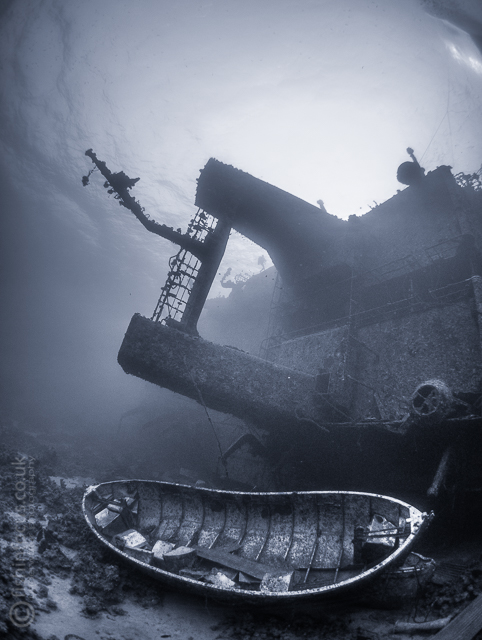
N&C: What is your favourite u/w camera equipment (past & present) & why?
MV: If we go back to film days, I have very good memories of my old Nikkonos 3. It’s simplicity and complete lack of electronics meant you had to learn to read the ambient light and to control your flashguns if you wanted to get any decent results. It also was in many ways flood resistant. If there was a leak, you just had to rinse it thoroughly and let it dry before loading another roll of film and carry on shooting.
Nowadays I’m a big fan of the mirrorless revolution. It’s exciting! These cameras are getting very close in image quality to what you can achieve with much, much more expensive, high end DSLR options. There are a few areas where there is still a noticeable difference but overall they are an excellent option. Low end and mid range DSLRs are like for like in terms of image quality. I currently use an Olympus OMD EM1 and love how practical it is to travel with a smaller, lighter set up.
N&C: What would be your advice to anyone new to underwater photography?
MV: There are a couple of things I would say to anyone looking to start to take pictures underwater. First of all, get your buoyancy spot on. When you are taking pictures underwater your focus is on the view finder, and you positioning should be second nature. Good buoyancy is the most important skill in underwater photography.
When it comes to choosing your kit, you should always ask yourself the question: Are you diving to take pictures or taking pictures while diving?
When you dive with a big photo set up (DSLR/Mirrorless, strobes, dome ports etc.) your get in the water to take pictures. If you enjoy diving and want to take pictures, a big system will only get in your way. You’ll save money in the long term by getting proper advice based on your personal goals.
Finally, remember that a great camera on land is not necessary a great camera underwater. The housing, accessories and ability to access functionality underwater all massively change the options. And few online review sites will cover these specific aspects.

N&C: What, or who, has been your single biggest inspiration for your underwater photography?
MV: I grew up watching Jacques Cousteau documentaries and I would say he is responsible for my love for the sea. Combined with my upbringing in a photographic environment I think it was only a matter of time before I got involved in underwater photography. Today I love what Keri Wilk does with macro and Alex Mustard and David Doubilet are both incredible masters of managing lighting. The colours are spectacular as well as creative images.
N&C: What are your boundaries on post-editing image manipulation?
MV: I do not have any problems with post processing. For me photography is an art form and as such it should not be restricted. However, I try to always show a real representation of the environment I’m photographing. Sometimes a great shot is ruined by a small element in the wrong place and then I do not have a problem retouching it. But when it comes to competitions it’s worth checking the rules and sticking to them. Some of the images I’m proudest of, and that have also done well in competitions, have had tonal manipulations. I love playing with black and whites, monotones and desaturations. These enhance an atmosphere that was there in the shot at the time, rather than adding or removing anything artificial.
RAW files require some amount of post processing and I do not think it’s realistic to completely ban photo editing. Tonal corrections and white balance, contrast and general exposure are necessary to get the most out of your RAW images. BUT: you should always aim to start with the best possible image.
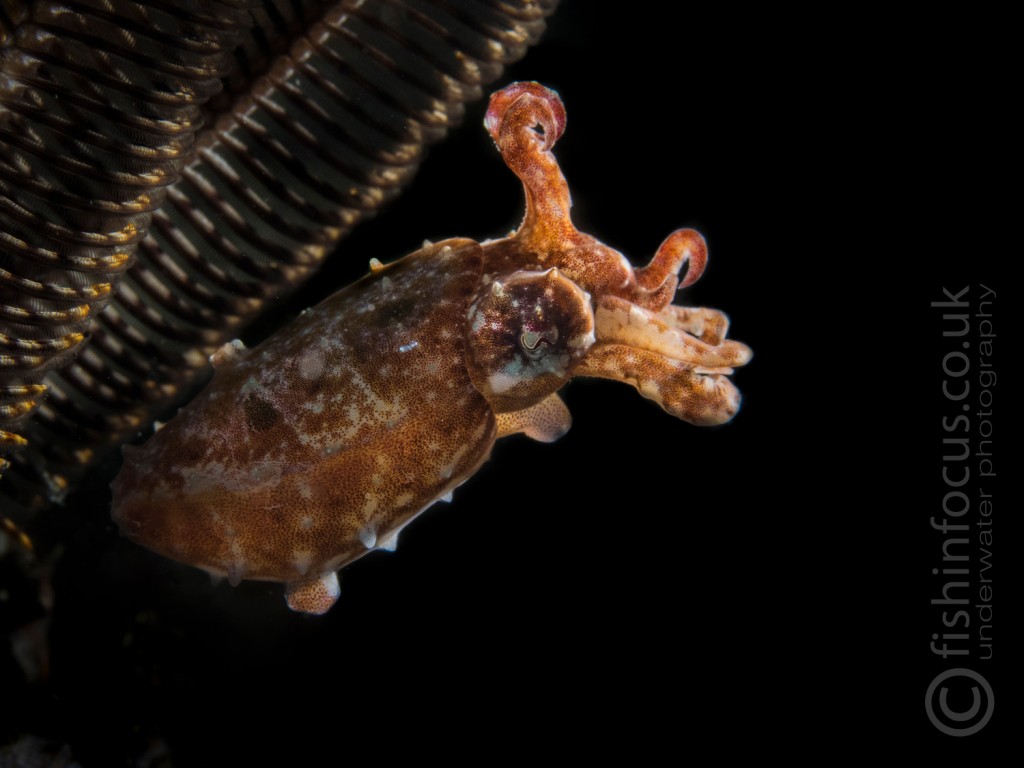
N&C: Where is your favourite dive location, and is it for the photography?
MV: I’ve been asked that question many times and I do not think I have a straight answer. I have been lucky to visit many destinations and each one has its own attraction, from the crazy macro encounters of Lembeh or Dumaguete, straight to the mind blowing diversity of Komodo or the sharks of Socorro and Palau. I grew up diving in the Caribbean and I will always have a soft spot for it.
If I have to choose a single destination it would probably be the Red Sea. Its not by chance I spent more than 5 years working as a dive guide there – I’ve dived it from north to south and every inch of it captivates me. There is always something special regardless of the season: great wrecks, beautiful reefs, pelagics and reef dwellers, generally good underwater conditions and great weather year around… what’s not to love? No surprise the Red Sea is one of the top destinations for divers from all over the world.
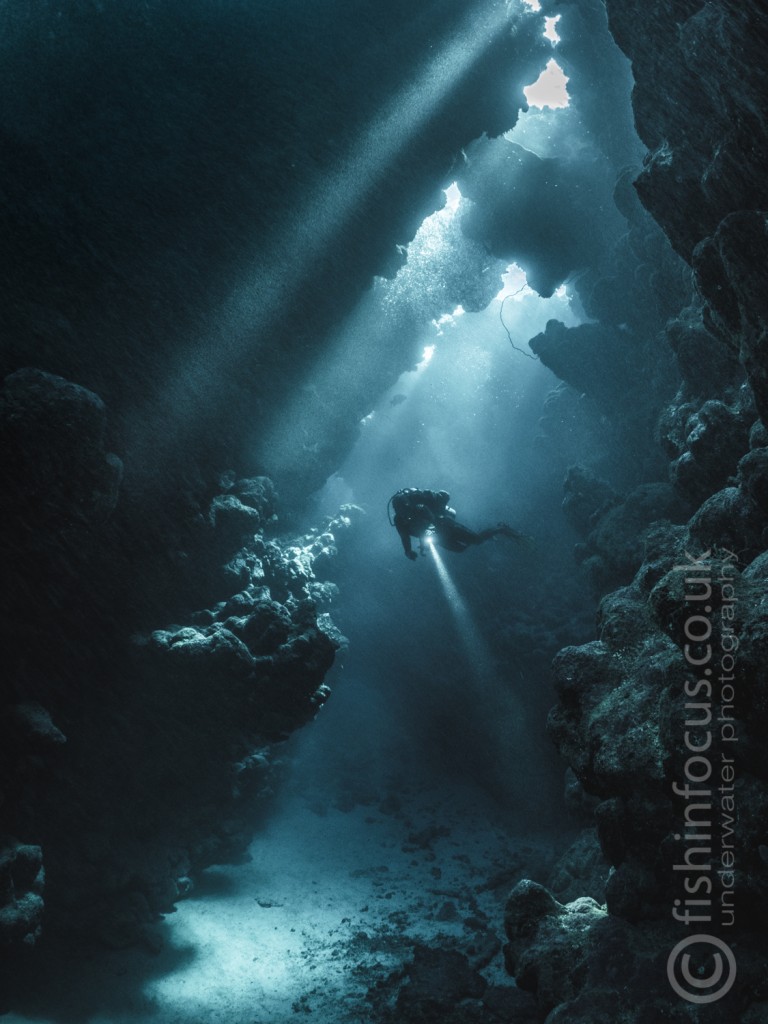
N&C: What are you views on marine life manipulation, moving subjects?
MV: In very simple terms, NOT ACCEPTABLE. This issue has been in the spotlight for some time now and unfortunately in many parts of the world it is something that often happens. As underwater photographers we have a responsibility to correct this bad behaviour. I have to mention good buoyancy comes hand in hand here; no photo is worth harassing marine life or destroying the environment. Simply put, don’t be one of “those” photographers or as it’s known in my house “a selfish twat”.
N&C: What do you look for when you are making your images?
MV: When I get underwater with my camera system I’m open to whatever I can find. There is always something interesting to photograph. When I find a subject I always take a few shots “for the record”, but afterwards I tend to put my camera down and look at the subject trying to find a different way to photograph it, using the environment to enhance it or lighting and different techniques to isolate it. Always look for a different and unusual take. We’ve all taken fish ID shots. There’s nothing wrong with getting a few of those in the bag, but then push yourself to go a step further. It takes time for sure. But with the right guides and buddy, it’s not about how much of a site you see, rather what you do with what you find.
N&C: What motivates you to take u/w photos?
MV: As scuba divers we encounter incredible creatures and fantastic places. Photographing the journey is a way to share my passion for the sea and its secrets. I’m as much in love with the sea in all its challenging and miraculous ways as I was as a 6 year old watching Cousteau in my parent’s living room in Colombia. I’ve just never seen it all – or enough!
N&C: If you could photograph any one thing/place what or where would that be?
MV: Instead of getting smaller, my wish list grows every day. If I had to pick a single subject it would be a blue whale. These magnificent animals are so impressive and very rarely photographed underwater. It would be an absolute dream to have the chance to photograph one. And if I had to pick a location it would be a close call between Galapagos and Silfra fissure. Damn… that’s two. Well, you get the idea. The list never gets shorter!
[hr style=”single”]
For more from Mario, visit www.fishinfocus.co.uk or www.facebook.com/fishinfocus.
To find out more about the liveaboard photo workshops that Mario runs for Scuba Travel click here.
Blogs
Northern Red Sea Reefs and Wrecks Trip Report, Part 2: Wall to Wall Wrecks

Jake Davies boards Ghazala Explorer for an unforgettable Red Sea diving experience…
The second day’s diving was a day full of wreck diving at Abu Nuhas, which included the Chrisoula K, Carnatic, and Ghiannis D. The first dive of the day was onto the Chrisoula K, also known as the wreck of tiles. The 98m vessel remains largely intact where she was loaded with tiles which can be seen throughout the hold. The stern sits at 26m and the bow just below the surface. One of the highlights of the wreck is heading inside and seeing the workroom where the machinery used for cutting the tiles are perfectly intact. The bow provided some relaxing scenery as the bright sunlight highlighted the colours of the soft coral reef and the many reef fish.

Following breakfast, we then headed to the next wreck, which was the Carnatic. The Carnatic is an 89.9m sail steamer vessel that was built in Britain back in 1862. She ran aground on the reef back in 1869 and remains at 27m. At the time, she was carrying a range of items, including 40,000 sterling in gold. An impressive wreck where much of the superstructure remains, and the two large masts lay on the seafloor. The wooden ribs of the hull provide structures for lots of soft corals, and into the stern section, the light beams through, bouncing off the large shoals of glass fish that can be found using the structure as shelter from the larger predators that are found outside of the wreck.

The final wreck at Abu Nuhas was the Ghiannis D, originally called ‘Shoyo Maru,’ which was 99.5m long and built in Japan back in 1969 before becoming a Greek-registered cargo ship in 1980. The ship then ran aground on the reef on April 19th, 1983, and now sits at the bottom at a depth of 27m. Heading down the line, the stern of the ship remains in good condition compared to the rest of the hull. The highlight of the wreck, though, is heading into the stern section and down the flights of stairs to enter the engine room, which remains in good condition and is definitely worth exploring. After exploring the interior section of the ship, we then headed over to see the rest of the superstructure, where it’s particularly interesting to see the large table corals that have grown at the bow relatively quickly considering the date the ship sank. After surfacing and enjoying some afternoon snacks, we made sure everything was strapped down and secured as we would be heading north and crossing the Gulf of Suez, where the winds were still creating plenty of chop.

The next morning, it was a short hop to Ras Mohammed Nature Reserve for the next couple of days of diving. The 6am wake-up call came along with the briefing for the first site we would be diving, which was Shark & Yolanda. The low current conditions allowed us to start the dive at Anemone City, where we would drift along the steep, coral-filled wall. These dives involved drifts, as mooring in Ras Mohammed wasn’t allowed to protect the reefs. As a dive site, Shark & Yolanda is well-known and historically had a lot of sharks, but unfortunately not so many in recent years, especially not so early in the season. However, there was always a chance when looking out into the blue.

The gentle drift took us along the steep walls of the site, with plenty of anemone fish to be seen and a huge variety of corals. It wasn’t long into the dive before we were accompanied by a hawksbill turtle, who drifted with us between the two atolls before parting ways. Between the two reefs, the shallow patch with parts of coral heads surrounded by sand provided the chance to see a few blue-spotted stingrays that were mainly resting underneath the corals and are always a pleasure to see. With this being the morning dive, the early sunlight lit up the walls, providing tranquil moments. Looking out into the blue, there was very little to be seen, but a small shoal of batfish shimmering underneath the sunlight was a moment to capture as we watched them swim by as they watched us.

Towards the end of the dive, we stopped at the wreck of the Jolanda where the seafloor was scattered with toilets from the containers it was carrying. This provided a unique site to make a safety stop, which was also accompanied by a large barracuda slowly swimming by, along with a hawksbill turtle calmly swimming over the reef as the sun rays danced in the distance.
For the next dive, we headed north to the Strait of Tiran to explore the reefs situated between Tiran Island and Sharm El Sheik, which were named after the British divers who had found them. We started on Jackson before heading to Gordons Reef, where we also did the night dive. All the atolls at these sites provided stunning, bustling coral reefs close to the surface and steep walls to swim along, which always provided the opportunity to keep an eye out for some of the larger species that can be seen in the blue. Midwater around Jackson Reef was filled with red-toothed triggerfish and shoals of banner fish, which at times were so dense that you couldn’t see into the blue. Moments went by peacefully as we enjoyed the slow drift above the reef, watching these shoals swim around under the mid-afternoon sun.

The night dive at Gordon’s Reef was mainly among the stacks of corals surrounded by sand, which was great to explore under the darkness. After some time circling the corals, we came across what we were really hoping to find, and that was an octopus hunting on the reef. We spent the majority of the dive just watching it crawl among the reef, blending into its changing surroundings through changes in colour and skin texture. It’s always so fascinating and captivating to watch these incredibly intelligent animals, in awe of their ability to carry out these physical changes to perfectly blend into the reef. Before we knew it, it was time to head back to the boat to enjoy a well-deserved tasty dinner prepared by the talented chefs onboard.
Check in for the 3rd and final part of this series from Jake tomorrow!
To find out more about the Northern Red Sea reef and wrecks itineraries aboard Ghazala Explorer, or to book, contact Scuba Travel now:
Email: dive@scubatravel.com
Tel: +44 (0)1483 411590
Photos: Jake Davies / Avalon.Red
Marine Life & Conservation
Double Bubble for Basking Sharks

 The Shark Trust is excited to announce that, for two more days only, all donations, large or small, will be doubled in the Big Give Green Match Fund!
The Shark Trust is excited to announce that, for two more days only, all donations, large or small, will be doubled in the Big Give Green Match Fund!
Donate to Basking in Nature: Sighting Giants
The Shark Trust is hoping to raise £10k which will be doubled to £20k. This will go towards Basking in Nature: Sighting Giants. And they need YOUR help to reach they’re goal.
The Shark Trust’s citizen science project is to monitor and assess basking sharks through sightings; encouraging data collection, community engagement, and promoting nature accessibility. This initiative aims to enhance health and wellbeing by fostering a deeper connection with British Sharks.
Campaign Aims
- Increase citizen science reporting of Basking Sharks and other shark sightings to help inform shark and ray conservation.
- Provide educational talks about the diverse range of sharks and rays in British waters and accessible identification guides!
- Create engaging and fun information panels on how to ID the amazing sharks and rays we have on our doorstep! These can be used on coastal paths around the Southwest. With activities and information on how you can make a difference for sharks and rays!
- Promote mental wellbeing through increasing time in nature and discovering the wonders beneath the waves!
Donate, and double your impact. Click Here
-

 News3 months ago
News3 months agoHone your underwater photography skills with Alphamarine Photography at Red Sea Diving Safari in March
-

 News3 months ago
News3 months agoCapturing Critters in Lembeh Underwater Photography Workshop 2024: Event Roundup
-

 Marine Life & Conservation Blogs2 months ago
Marine Life & Conservation Blogs2 months agoCreature Feature: Swell Sharks
-

 Blogs2 months ago
Blogs2 months agoMurex Resorts: Passport to Paradise!
-

 Blogs2 months ago
Blogs2 months agoDiver Discovering Whale Skeletons Beneath Ice Judged World’s Best Underwater Photograph
-

 Gear Reviews2 months ago
Gear Reviews2 months agoGear Review: Oceanic+ Dive Housing for iPhone
-

 Marine Life & Conservation2 months ago
Marine Life & Conservation2 months agoSave the Manatee Club launches brand new webcams at Silver Springs State Park, Florida
-

 News3 months ago
News3 months agoWorld’s Best Underwater Photographers Unveil Breathtaking Images at World Shootout 2023







